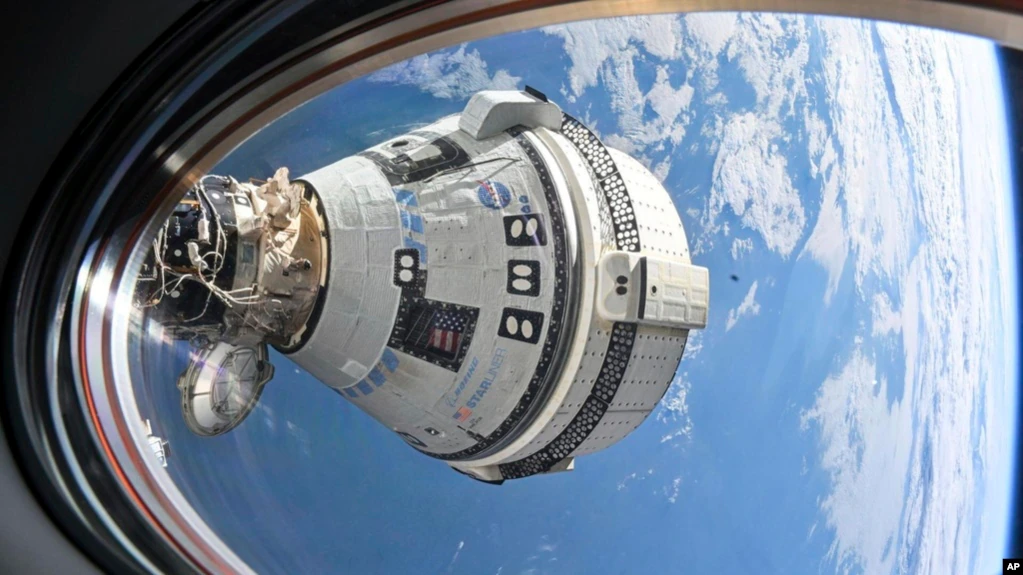India Launches First Mission to Study the Sun
Written by worldOneFm on September 2, 2023
BENGALURU, INDIA — A little over a week after India became the first country to land on the moon’s south pole, it launched a rocket to study the sun, marking another milestone in its space exploration program that is growing in ambition.
The rocket blasted off shortly before noon on Saturday from the Satish Dhawan Space Centre in Sriharikota, in southern India, for a 1.5 million-kilometer, four-month journey toward the sun.
“Mission accomplished,” the India Space Research Organization’s control room announced as the spacecraft hurtled into the Earth’s upper atmosphere.
Scientists clapped and shook hands while thousands, including school children standing in a viewing gallery, cheered. Tens of thousands more watched live broadcasts of the rocket’s liftoff on ISRO’s website and on television.
The mission to study the sun’s outer layer is named Aditya L1, after the Hindu god of the sun, who is sometimes known as Aditya. If all goes according to plan, India will join a select group of countries that are studying the sun.
The U.S. space agency, NASA, and the European Space Agency have sent probes into the solar orbit since the 1990s. China and Japan also have launched solar observatory missions.
Congratulating Indian scientists, Prime Minister Narendra Modi said on X, formerly known as Twitter, “Our tireless scientific efforts will continue in order to develop better understanding of the Universe.”
After orbiting several times around the Earth for 125 days, the rocket will reach a so-called “halo orbit” of the sun-Earth system, where gravitational forces provide a stable location that makes it possible to conduct scientific studies of the sun’s outer atmosphere.
Indian scientists said the position will give a continuous, unobstructed view of the sun and enable them to conduct studies even during an eclipse.
The rocket is equipped with seven instruments to observe the sun and help scientists understand the effect of solar activity, such as solar wind and solar flares, on earth.
Scientists hope Aditya-L1 will get a “unique data set that is not currently available from any other mission,” the principal scientist of the mission, Sankarasubramanian K, said after the launch.
“It will enable us to understand the sun, its dynamics, as well as the inner heliosphere, which is an important element for current-day technology as well as space weather aspects,” he said.
Understanding space weather is seen as crucial for protecting satellites and other spacecraft.
Scientists said they also want to study the impact of solar flares and other particles that flow from the sun on earth’s climate patterns.
“We need to see when the sun becomes quite angry, what are the ways in which it is affecting the planet Earth,” ISRO scientist Anil Bhardwaj said.
“We want to see the impact of solar flares as well as coronal mass ejections,” he said.
India’s space exploration program, which began about two decades ago, is gaining momentum and is seen as part of the country’s ambitions to become a major player on the global stage. Its space achievements are seen as demonstrating its technological advancements.
Besides three unmanned missions to the moon and one to Mars, it plans to take astronauts into orbit, probably in 2025.
Placing a spacecraft near the moon’s south pole is being counted as one of the greatest successes of its space program. India was the fourth country to land on the moon, but no country had so far landed in this location.
Over the past week, ISRO has released videos and photos of India’s lander conducting probes of the lunar surface.
The country, which runs its space program on a relatively modest budget, prides itself on conducting space exploration at a lower cost than Western missions.
By Anjana Pasricha







